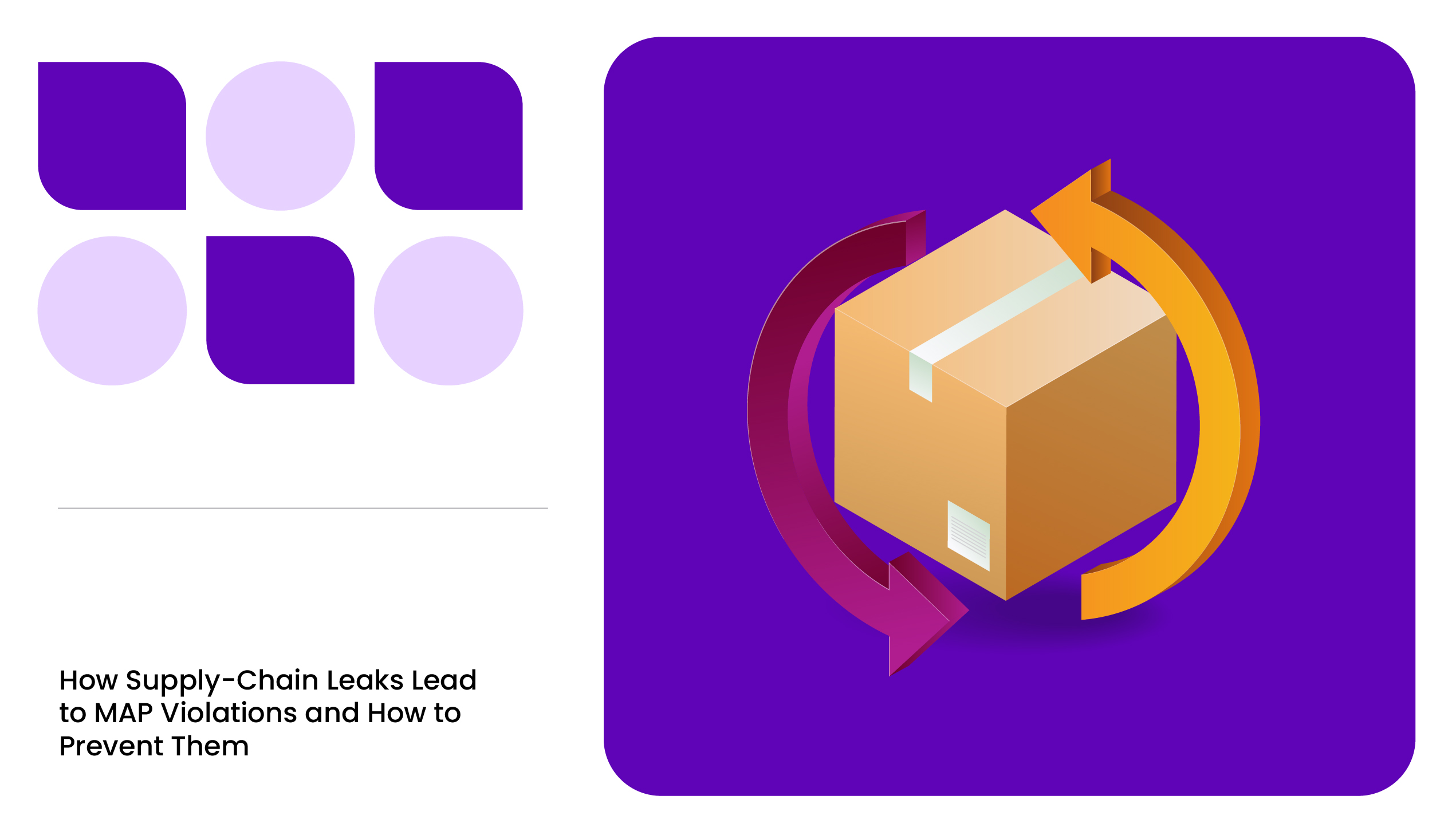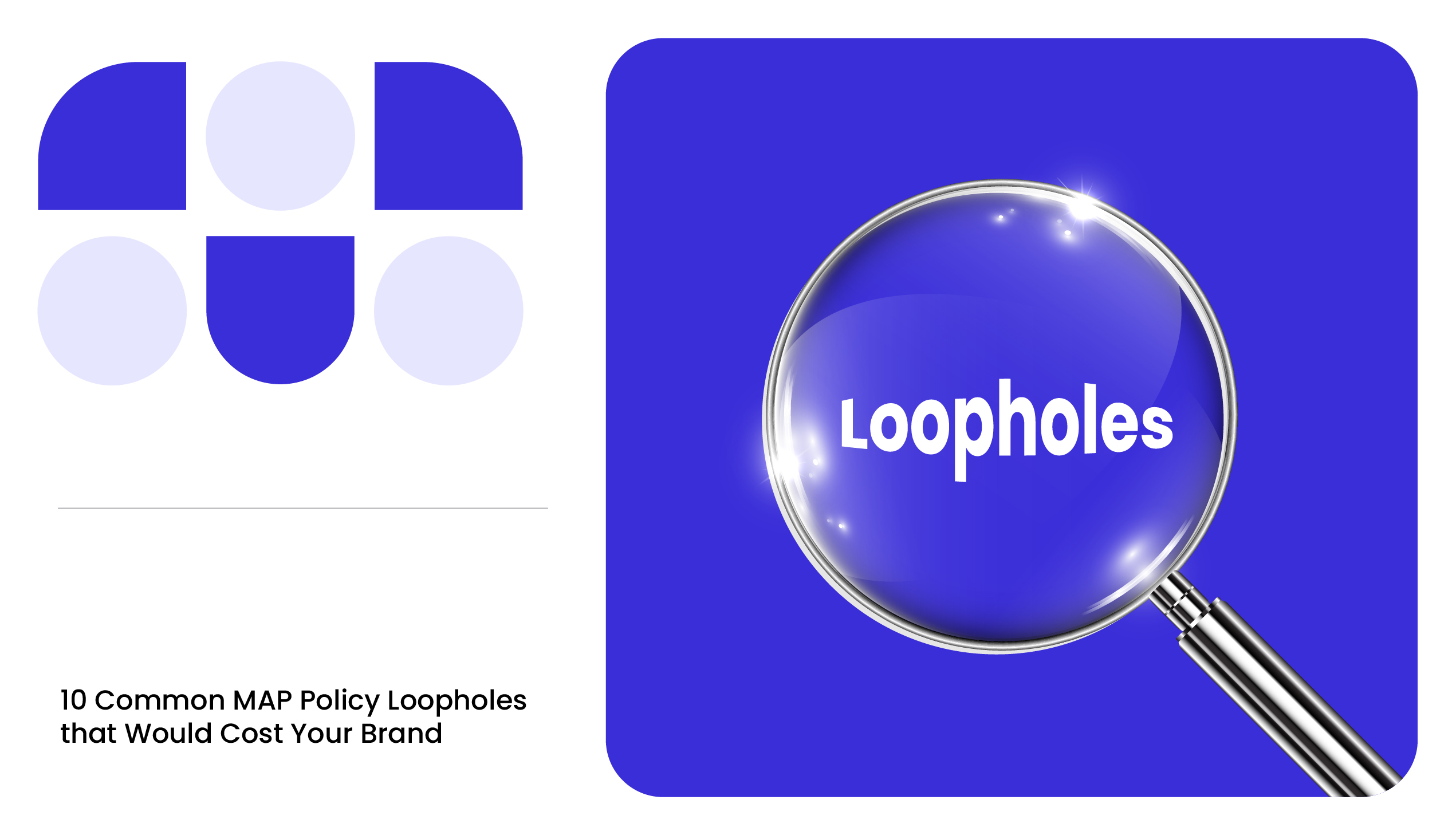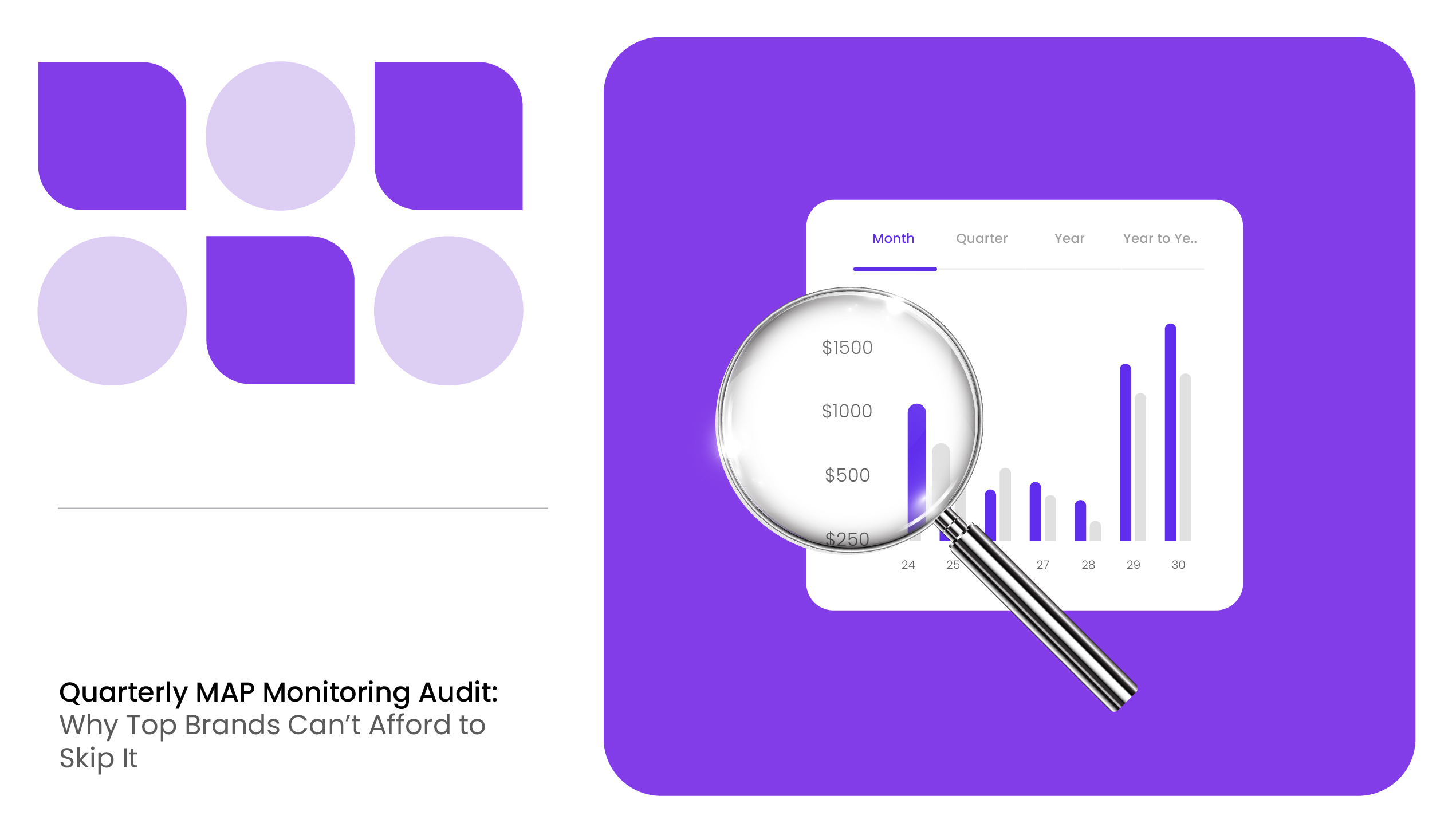If you’re managing pricing for an electronics brand, you already know the drill. One MAP violation on Amazon, and suddenly, your $299 product is being advertised for $249… everywhere. It’s frustrating, chaotic, and it spreads faster than you can say “unauthorized seller.”
The hard truth is that monthly checks are not enough. Electronics pricing moves fast, violations can appear any day of the week, and once a lower price becomes visible long enough, it becomes the new reference point for shoppers.
This is where MAP monitoring software becomes essential. Tools like MetricsCart track MAP violations in real time, identify unauthorized sellers, and help brands enforce policies before the price erosion spreads across marketplaces. For electronics brands, that level of speed is what protects both margin and brand position.
READ MORE | Want to Know Why MetricsCart Is the Best for MAP Monitoring & Enforcement? Check out 7 Reasons Why MetricsCart Is the Best for MAP Monitoring & Enforcement: A Brand’s Perspective
Widespread Price Violations Go Unnoticed
You must check prices at least weekly, or else you’re likely missing widespread MAP violations across online marketplaces and retail sites. It takes just one unauthorized seller advertising a $399 Bluetooth speaker for $349 to trigger a price war.
Competing resellers see the drop, price-match to stay competitive, and before you know it, the same product is selling for $329 or less across platforms.
Once a cheaper price is out in the open, customers expect it everywhere, forcing even your authorized partners to drop their prices or lose sales. By the time a monthly or quarterly audit catches the issue, the damage is done. Even a single MAP violation can prompt price-matching across multiple platforms and erode revenue.
Retailer Relationships Get Strained
For consumer electronics brands, retailer partnerships are built on consistency and trust. When one authorized seller follows your MAP policy and another undercuts it on Amazon or a DTC site, it damages your credibility.
Moreover, if you don’t monitor MAP weekly, loyal retailers may notice violations before you do, and they won’t be happy.
Inconsistent or infrequent MAP enforcement makes your policy seem optional, encouraging even honest retailers to consider breaking the rules just to stay competitive. In the worst case, a key electronics retailer might drop your brand entirely if they feel you aren’t supporting mutual profitability.
Brand Perception Takes a Hit
Brand perception is closely tied to pricing. Consumers view consistent, premium pricing as a sign of quality and authenticity. Whether it’s a soundbar, smart home device, or premium monitor, shoppers expect consistency.
If your product is listed at $500 on one site and $300 on another, customers start to question: Is this the same item? Is it refurbished? Or, is it fake? Consistently low advertised prices can devalue your brand, making it hard to maintain a premium image. Over time, failing to enforce MAP erodes the brand reputation.
Channel Conflicts Escalate
Modern consumer electronics are sold through a maze of channels: brick-and-mortar retailers, online marketplaces, distributors, and more. If you’re not actively monitoring MAP across all these channels, conflicts will arise.
Unauthorized third-party sellers thrive when brands aren’t watching closely. They can list products on marketplaces at cut-rate prices, undercutting your authorized sellers.
Without weekly oversight, unauthorized sellers and rogue listings can multiply, creating chaos. As a result, legitimate retailers blame the brand for not enforcing policy, while you scramble to identify who’s violating and how they got the product.
By the time you intervene (if you only review pricing infrequently), minor channel conflicts may have become full-blown crises. Trust begins to break down, and conversations shift from collaboration to conflict.
READ MORE | Want to Know the Common Mistakes Made by Brands During MAP Enforcement? Dive into MAP Policy Enforcement for Brands: Avoid These 10 Common Mistakes
Promotions Backfire
Think your big holiday promotion or new product launch discount will make a splash? Not if unauthorized discounts have already soaked the market. When brands don’t keep a close eye on advertised prices, their promotional campaigns can backfire badly.
For example, you plan a 10% off sale for an electronics item to drive sales, but unbeknownst to you, several online sellers have been advertising it at 15% off in violation of MAP. Your official promotion falls flat, customers have already seen better deals, or the product’s price was already drifting downward before your campaign even began.
Off-cycle or early discounts by violators erode your marketing efforts.
Slower Enforcement = Bigger Losses
In the consumer electronics category, where price points are high and margins are tight, speed is everything when it comes to MAP enforcement. The longer a third-party seller lists your product below MAP, the more your revenue and brand’s market positioning will be affected.
Brands that only find and address MAP breaches sporadically are effectively granting violators a free pass for weeks on end.
“Time to Resolution” is a key metric here. This measures how quickly you detect a MAP violation and resolve it (i.e., get the offender back in line or removed). Strong MAP programs have a low Time to Resolution; they fix violations within hours or days, not weeks.
If your team only uncovers a violation after it’s been active for a month, your TTR is far too high, and the damage will be much greater. Every day of delay is another day of lost profits and brand dilution.

Now, let’s look at how MetrisCart can be a suitable MAP Monitoring Software for consumer electronics brands.
How MetrisCart Cut MAP Violations by 71% in 60 days: A Case Study
A mid-sized consumer electronics brand selling kitchen appliances was facing rampant MAP violations on Amazon. Despite daily price monitoring, they had no visibility into core metrics like violation rate, repeat offender rate, or revenue impact.
However, their internal team was evaluated on the quantity of notices sent, not the actual effectiveness of enforcement. The result? A reactive process that was bloated, inefficient, and blind to real trends.
They came to MetricsCart with one goal: cut violations and prove the impact of their MAP program. We monitored 25 high-velocity SKUs across 4 subcategories and 60+ third-party sellers.
Our MAP monitoring software captured the following data daily:
- SKU-level pricing (actual vs. MAP)
- Violation data
- Seller details + storefront links
- Buy Box tracking
- Listing changes (image/title/description)
- Evidence and recordkeeping
- Historical log for repeat offender detection
Based on this, we found out the following insights:
- Violation Rate Tracking: At the start, 31% of monitored listings were out of compliance. Within 45 days, that dropped to just 9% with daily tracking and alerts.
- Time to Resolution (TTR): The average resolution time fell from 36 hours to under 8. Faster detection meant quicker action and less revenue loss.
- Repeat Offender Rate: Twelve sellers violated MAP more than three times in 90 days. Four were delisted after targeted escalation based on repeat patterns.
- Retailer Compliance Score: Monthly scorecards helped spotlight the most compliant sellers. Sales used these during QBRs to guide partner discussions.
- Revenue at Risk Model: Initial weekly margin loss was $3,200 from five SKUs. After enforcement, that number dropped below $800 per week.
Based on these insights, the brand discovered that 60% of violations were coming from just 18% of sellers. This allowed precise targeting, not blanket emails.
After 60 days of using MetricsCart, the consumer electronics brand has these results:

The ‘Weekend’ for Electronics Brands
MAP monitoring isn’t just a pricing exercise for consumer electronics brands. It’s a business-critical function that protects revenue, preserves brand value, and keeps retail partners aligned. When violations go unchecked, the damage compounds fast: margins shrink, trust erodes, and price wars break out across marketplaces.
But with the right system in place, like MetricsCart’s MAP Monitoring Software for Electronics Brands, you can shift from reacting late to acting early.
From reducing Time to Resolution to isolating repeat offenders and recovering lost margin, weekly monitoring delivers real, measurable impact.
Enforcement only works when it’s fast, focused, and data-driven. Weekly MAP tracking isn’t optional. It’s your front line of defense in a competitive, price-sensitive category.
Cut Price Erosion with Real-Time MAP Alerts.
FAQs
MAP stands for Minimum Advertised Price—the lowest price retailers are allowed to advertise a product for, as set by the brand. MAP is important for consumer electronics brands because it prevents price wars and preserves the product’s perceived value.
Monitoring weekly means you catch pricing violations early, before they spread. Weekly checks limit the window of non-compliance – fewer customers see the wrong price, and fewer partners get upset.
MAP monitoring software for electronics automates the process of checking prices across websites and marketplaces. It continuously scans product listings to see if any reseller is advertising below the allowed price. If a violation is found, the software will typically alert the brand immediately.
“Time to Resolution” is the time it takes to detect and resolve a MAP violation. In other words, it measures how quickly you can get a violator back in compliance once the violation starts. This metric matters because the faster the resolution, the less harm the violation can do.
Delays allow violators to dominate the Buy Box, drive down prices, and encourage others to match. Revenue loss accelerates and brand trust declines among both consumers and retailers.







